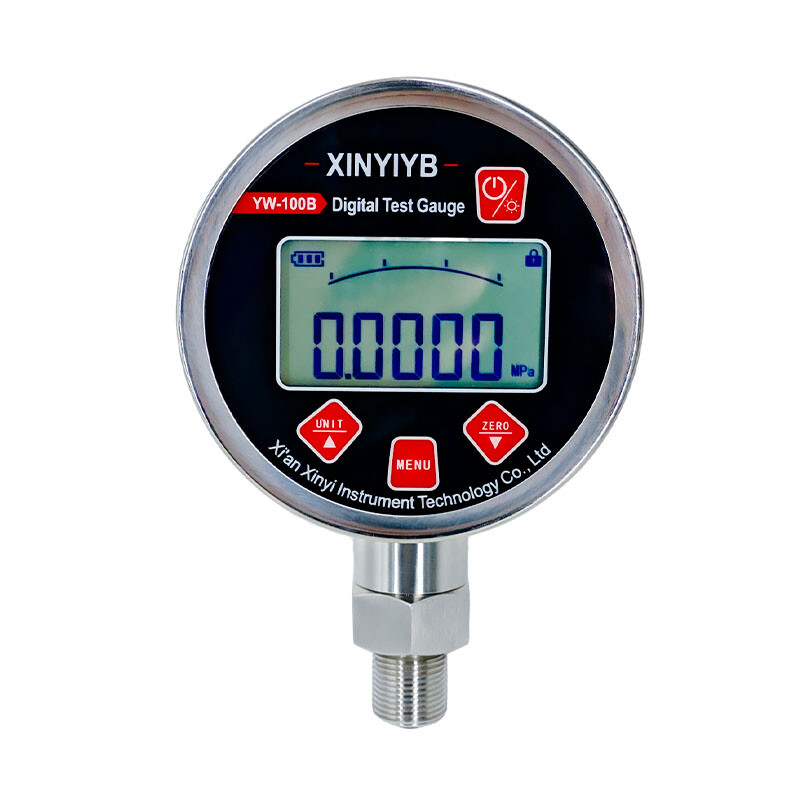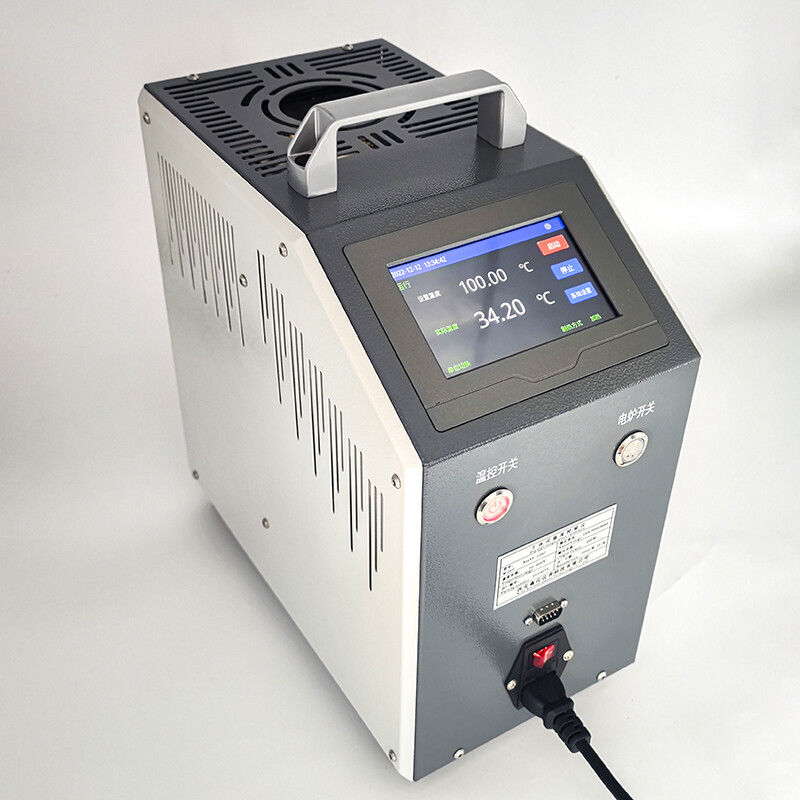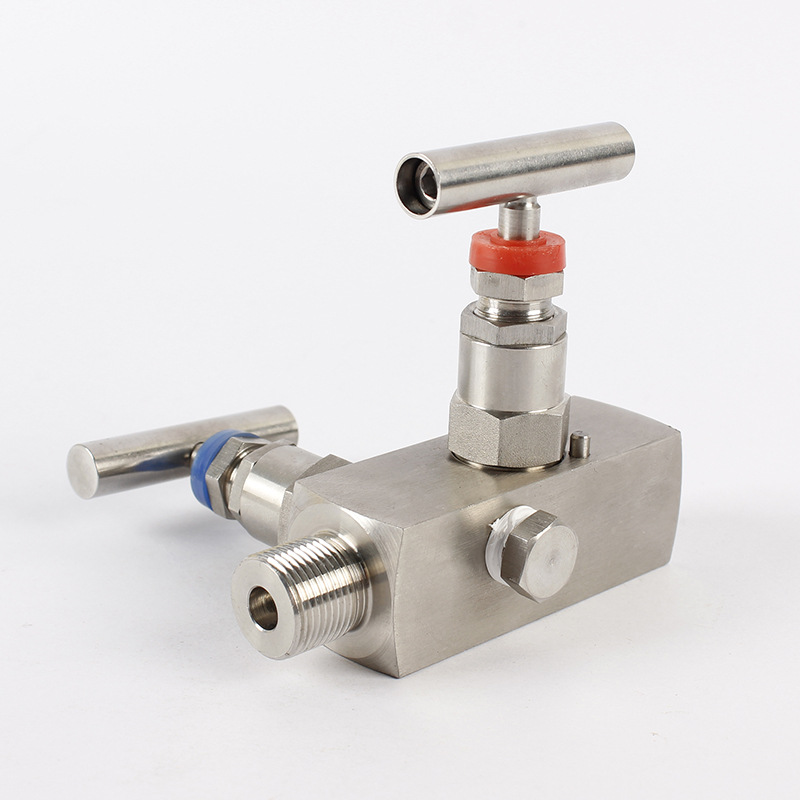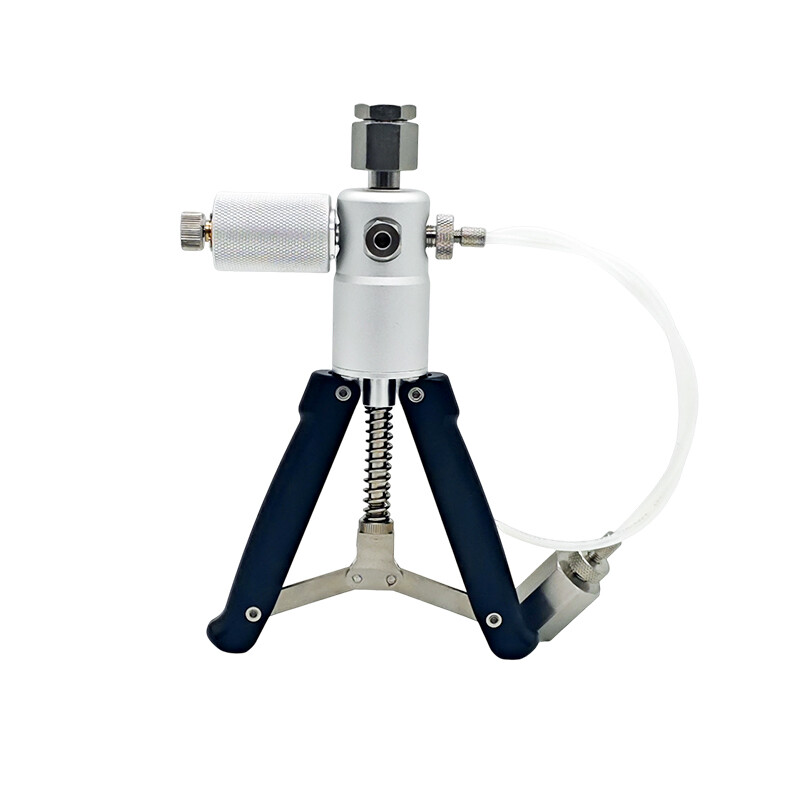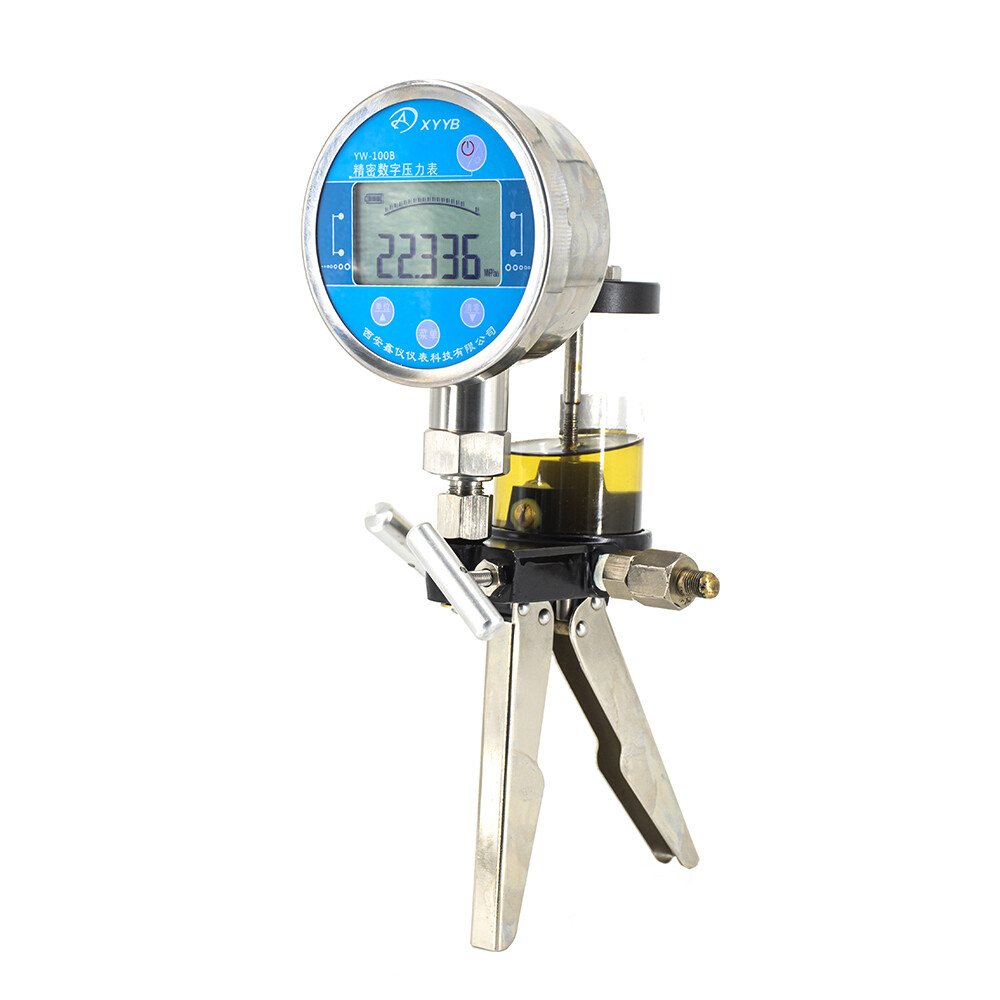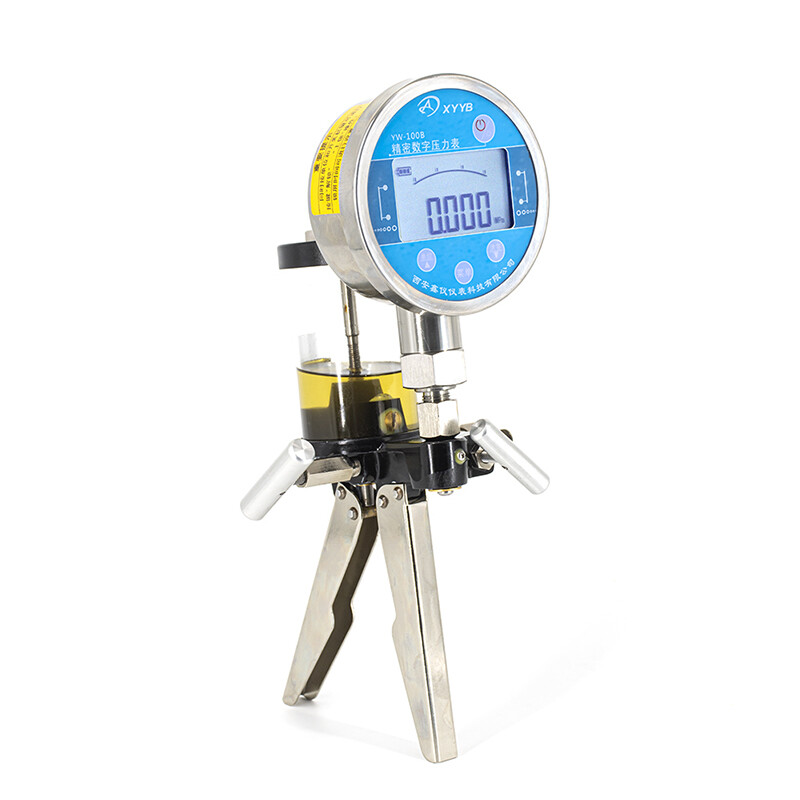4-20mA pressure transmitter is a sensor that converts pressure signals into 4-20mA current signals and is widely used in various industrial automation control systems. Its working principle is to convert the measured pressure into an electrical signal through a sensitive element, and then process it through the internal circuit of the transmitter to output a standard current signal of 4-20mA. This design gives the pressure transmitter strong anti-interference ability, long transmission distance, and easy interface with standard instruments and control systems.
Working principle
The working principle of a 4-20mA pressure transmitter mainly includes the following steps:
1. Pressure measurement: The pressure transmitter senses the measured pressure by measuring the diaphragm, causing slight deformation of the diaphragm.
2. Signal conversion: High precision circuits convert this deformation into a voltage signal proportional to pressure.
3. Signal processing: Convert the voltage signal into a 4-20mA current signal output through the chip.
Application scenarios
4-20mA pressure transmitters are widely used in various industrial automation control environments, including:
1. Water conservancy and hydropower: used for monitoring parameters such as water level and flow rate.
2. Railway transportation: used for monitoring parameters such as track pressure and vibration.
3. Intelligent building: used to monitor parameters such as pressure and temperature inside the building.
4. Aerospace: used for monitoring parameters such as cabin pressure and engine pressure in aircraft.
5. Petrochemical, power, shipbuilding, machine tool, pipeline and other industries: used for pressure monitoring and control in various process flows
Advantage
1. Good stability: 4-20mA current signals are less affected by line resistance during transmission and have better stability.
2. Strong anti-interference ability: Current signals have low sensitivity to electromagnetic interference and are suitable for complex electromagnetic environments.
3. Long transmission distance: The attenuation of current signals during transmission is relatively small, making it suitable for long-distance transmission.
4. Easy to interface: 4-20mA, as an internationally recognized standard signal, is convenient for connecting with various instruments and control systems.
Contact

Chat Online

